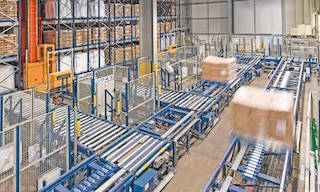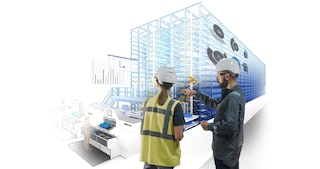
Interview with Frantisek Stora, Managing Director of IKEA Components Slovakia
February 19, 2024Frantisek Stora is Managing Director of IKEA Components Slovakia, an IKEA subsidiary responsible for delivering furniture components and accessories. Stora explains how automating the facility with trilateral stacker cranes and Easy WMS software has helped the team fill increasing numbers of orders.



















